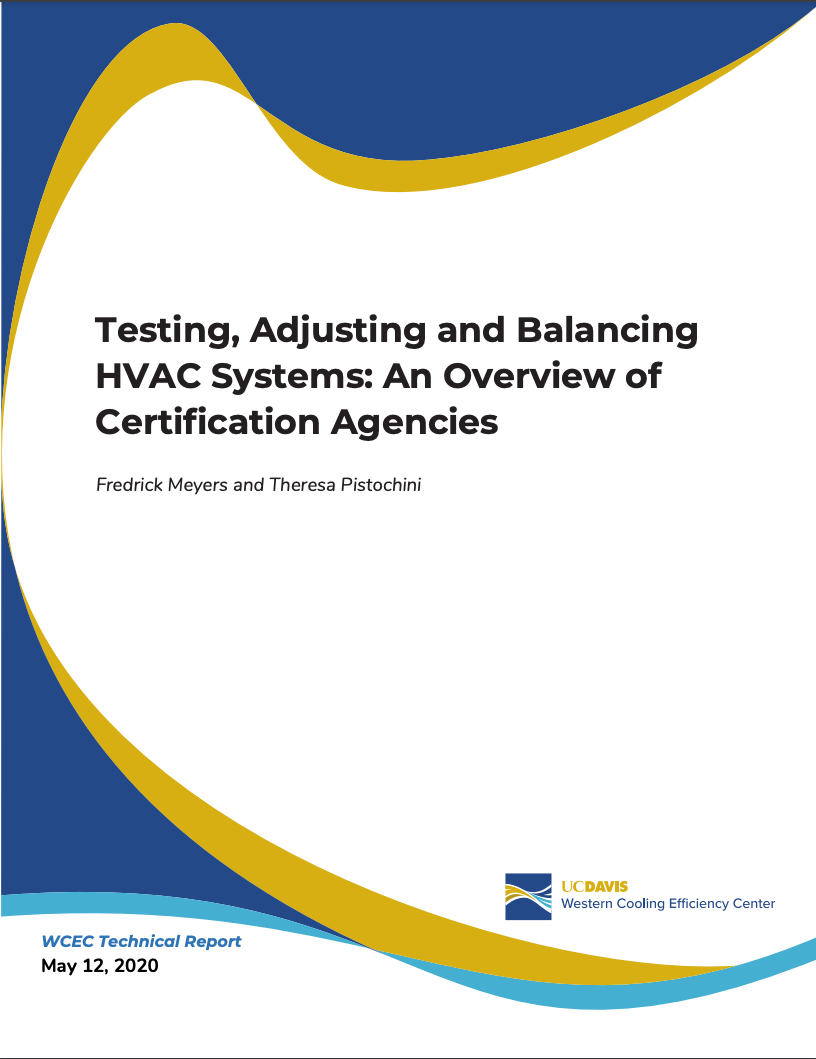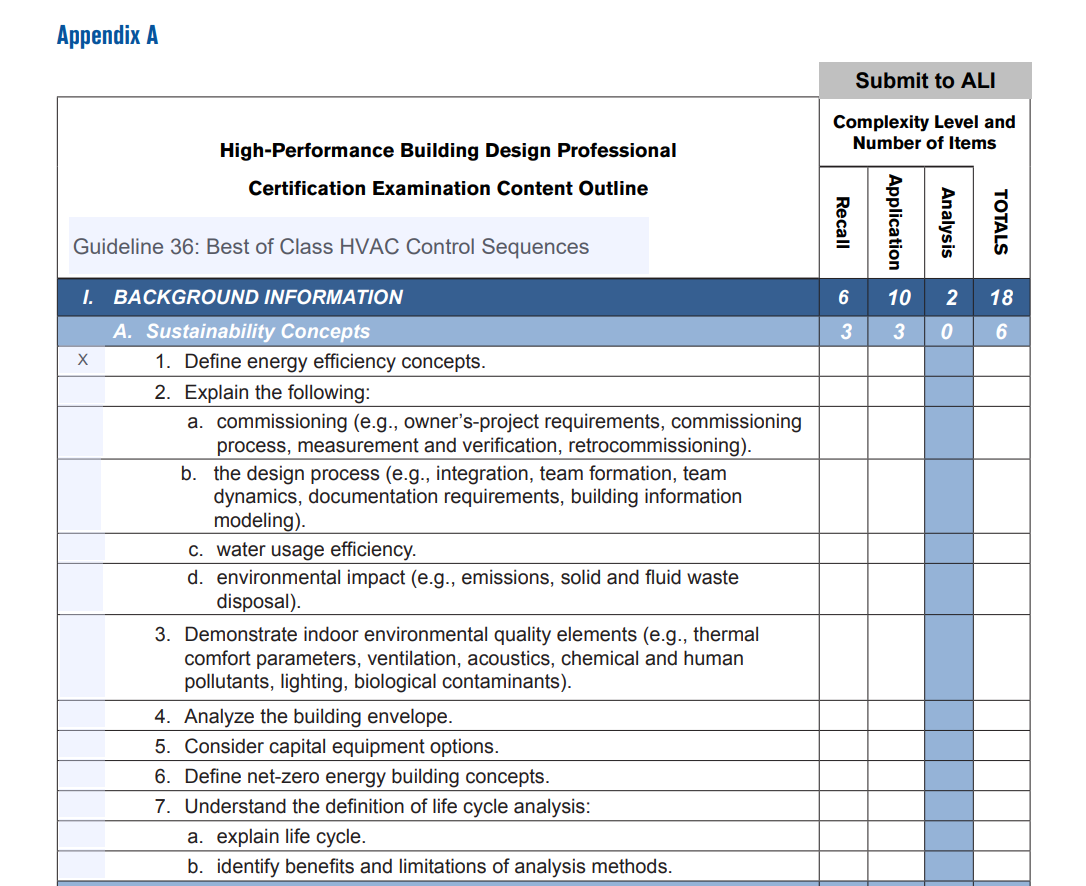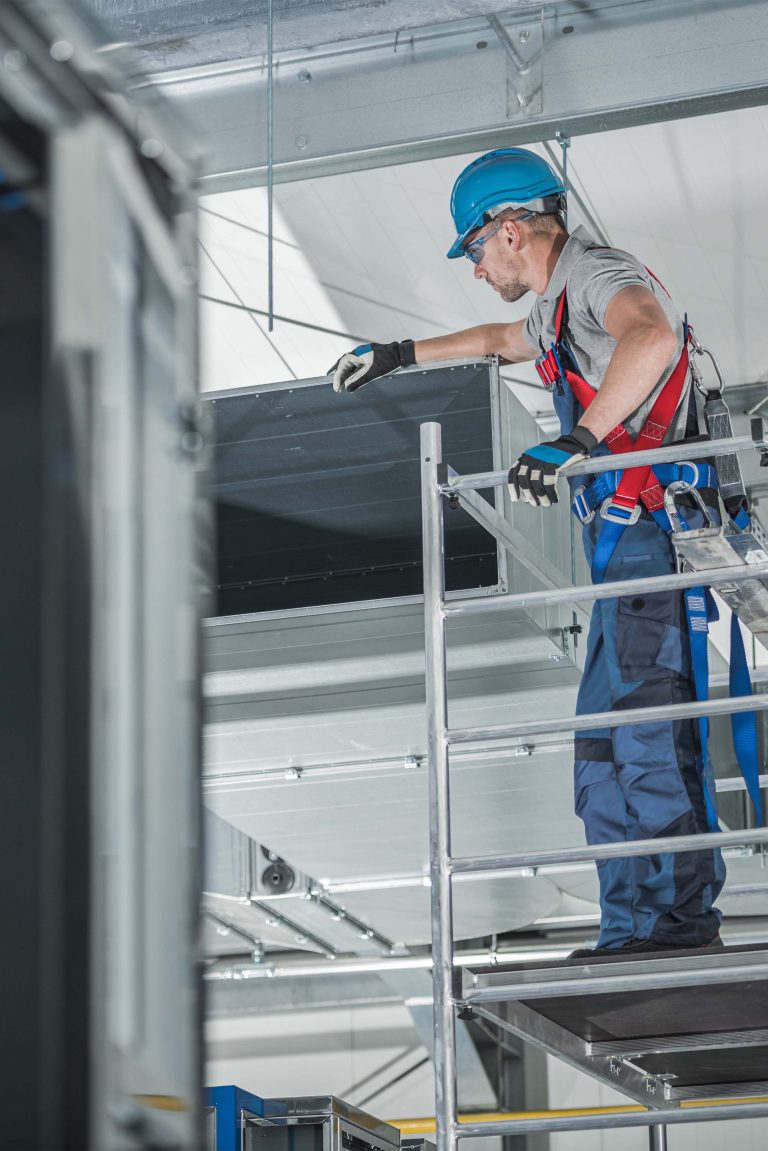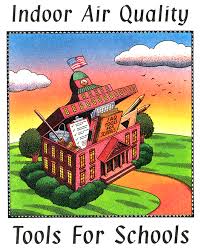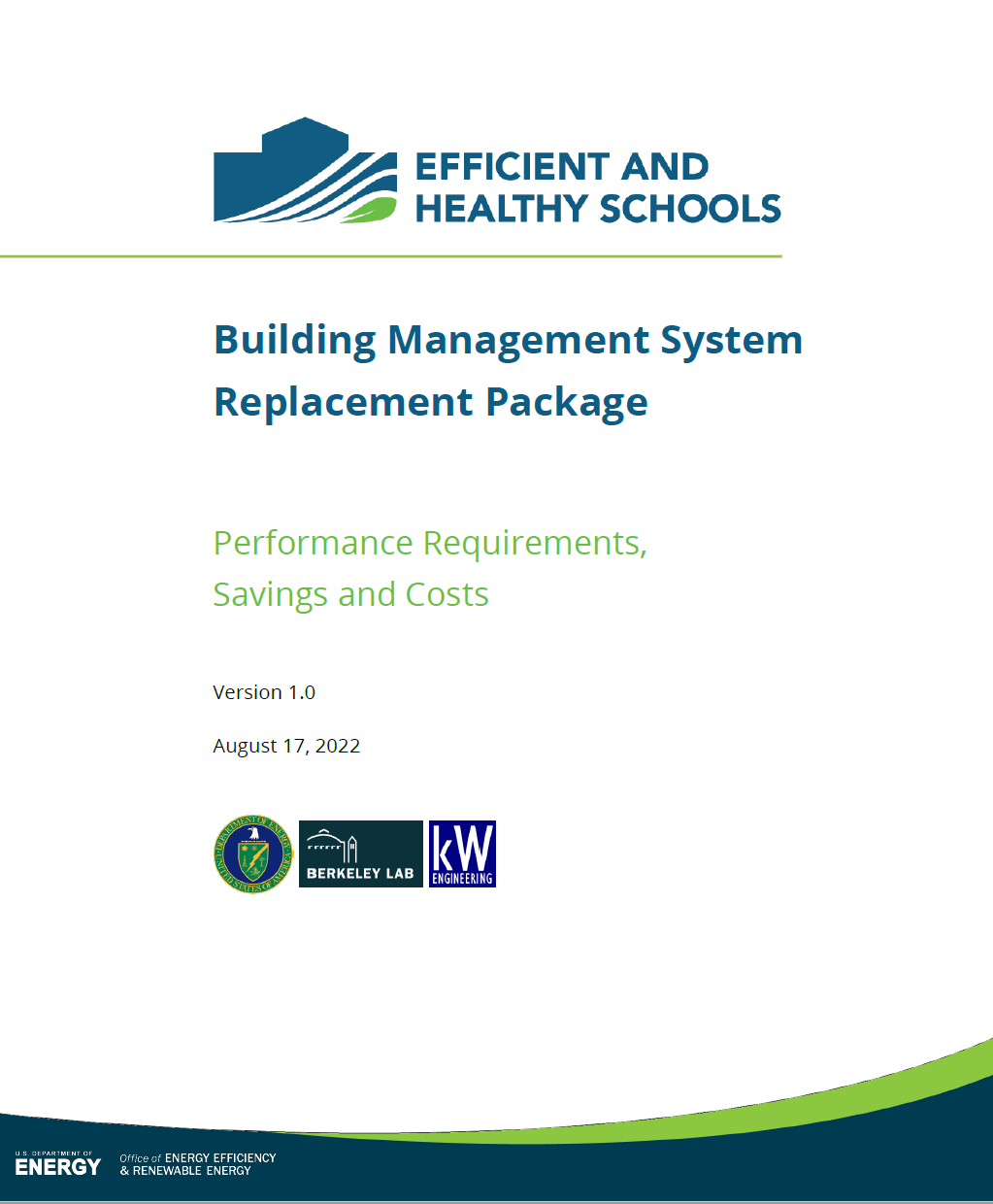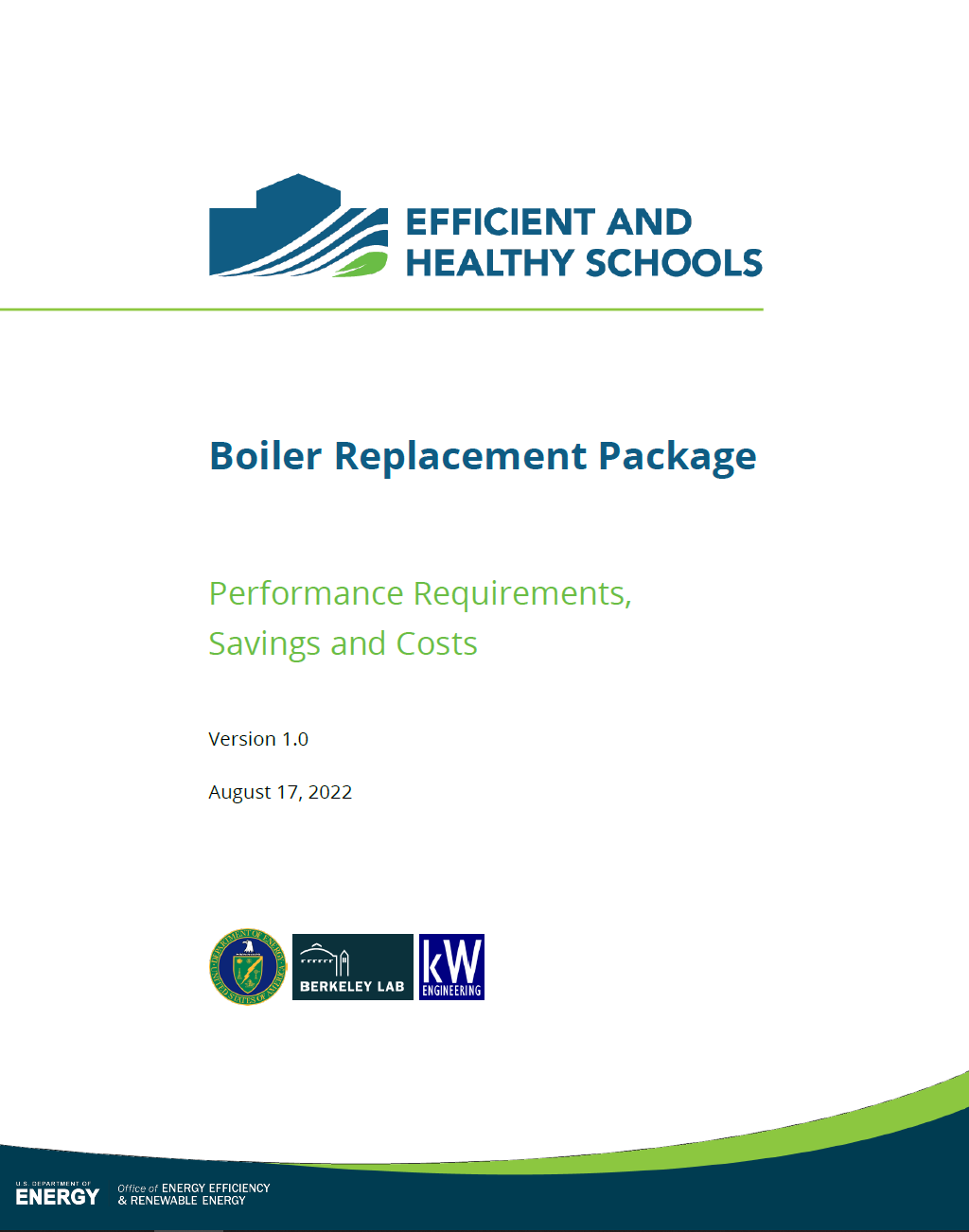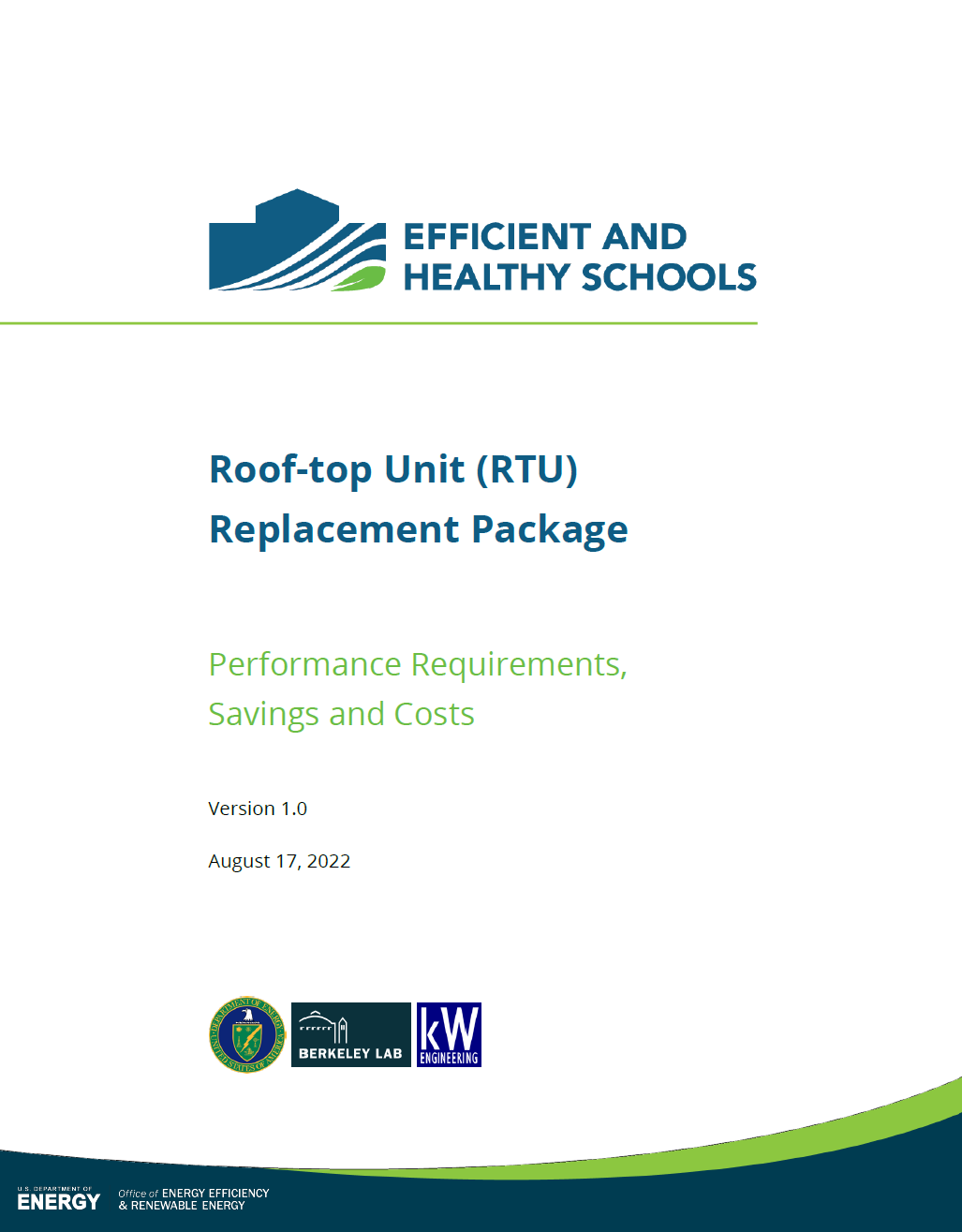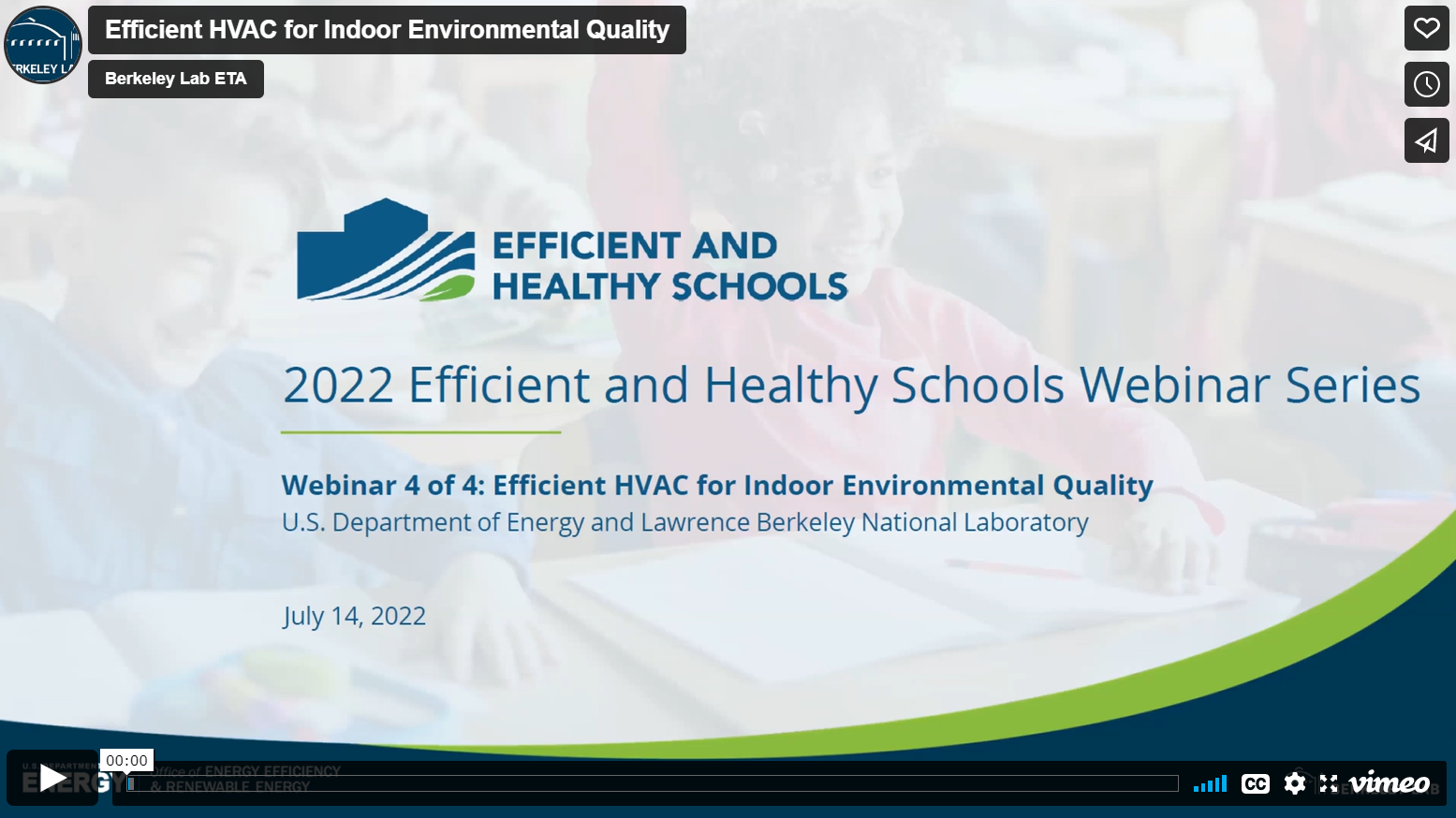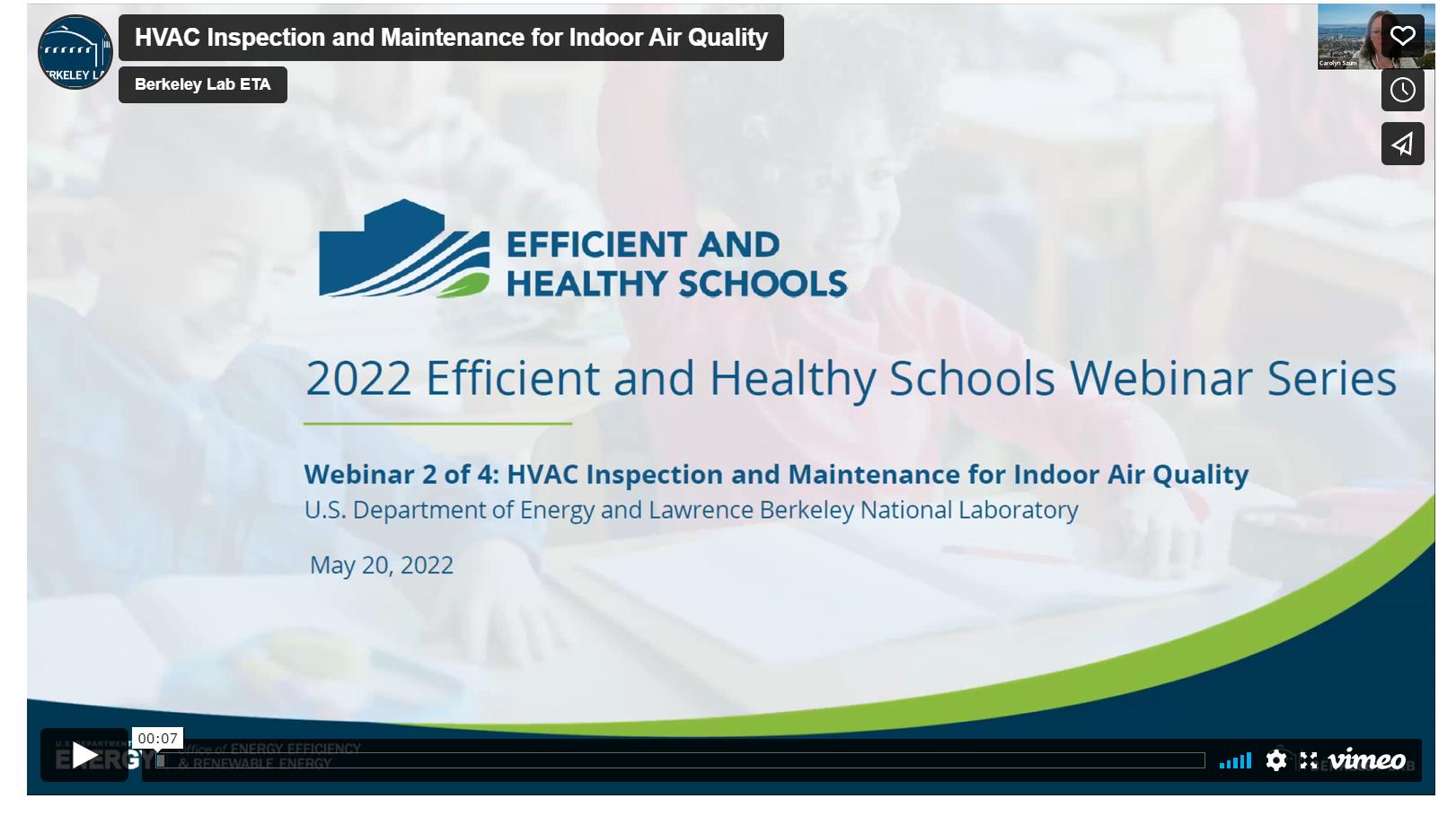HVAC
The table of considerations linked here can be used by building owners to help define the roof-top (RTU) control solution features required to meet the needs of their building or building portfolio. The considerations listed in the table are not exhaustive, but are meant to spur conversation with different stakeholders within an organization (e.g., IT, maintenance, energy management, etc.) to determine their requirements. The owner can then use the defined requirements in discussions with manufacturers to help determine if a solution meets the needs of the building(s) and stakeholders.
The landscape of building HVAC controls can be difficult to navigate due to the number of solutions readily available on the market. In particular, it is often unclear which solutions are best suited for small to medium-sized buildings. To help clarify the landscape, the table within this guidance document categorizes manufacturers and their respective controls products suited for small to medium commercial buildings equipped with packaged rooftop HVAC units (RTUs).
ASNI/ASHRAE/ACCA standard practice for the inspection and maintenance of commercial building heating, ventilation, and air conditioning (HVAC) systems. The document describes the minimum acceptable levels of maintenance in order to provide consistency and improve thermal comfort, energy efficiency, and indoor air quality.
A report by UC Davis Western Cooling Efficiency Center describes the benefits of using a certified contractor to verify, test, and adjust HVAC systems to make sure that equipment is functioning properly.
ASHRAE Guideline 36, High-Performance Sequences of Operation for HVAC Systems, was created to develop and maintain best-in-class standardized HVAC control sequences. This guideline is all about the concept of “less is more.” Guideline 36 was created by ASHRAE’s Technical Committee 1.4, Control Theory and Application to maintain and publish best-of-class control sequences that meet or exceed the requirements of published ASHRAE standards such as 90.1, 62.1 and 55. These sequences are intended for use with fully programmable DDC BAS systems controlling variable speed/capacity equipment.
Ventilation verification is a physical assessment the existing HVAC system. It is performed by skilled, trained, and certified technicians to check if there is adequate ventilation in buildings. This specification by the National Energy Management Institute (NEMI) can be used by schools as a template to require ventilation verification within their buildings when not required by code.
A checklist for facility staff to systematically assess ventilation equipment performance and identify deficiencies. The checklist covers various aspects of HVAC systems, including: outdoor air intakes, system cleanliness, outdoor air supplies, air distribution, exhaust systems, and the amount of outdoor air ventilation.
School districts often have to replace their Building Management System (BMS) due to obsolescence, frequent breakdowns, difficulty to maintain comfort, health and safety, etc. BMS replacements are a prime opportunity to implement energy efficiency measures related to controls. This guide describes a package of complementary efficiency measures that can be combined with a BMS replacement.
These includes:
• Supply air temperature reset
• Duct static pressure reset
• Supply fan variable flow (typically via variable frequency drives, VFDs)
• Chilled water pump VFD
• Chilled water temperature reset
• Heating hot water pump VFD
• Heating hot water temperature reset
• Optimum start
• Comprehensive retro-commissioning
This guide describes a package of efficiency measures that can be incorporated with a boiler replacement. In addition to a high efficiency boiler, the package includes several complementary measures that provide deeper savings and allied benefits.
These include:
• Hot water supply temperature reset
• Variable flow hot water pump
• Boiler lock-outs
• Condensing boilers
• Networked thermostats
• Super premium efficiency motors
School districts with decarbonization goals are encouraged to first consider replacing boilers with heat pumps or other approaches that do not require fossil fuels. For other low carbon technology strategies ranging from simple to advanced options, please see Better Buildings factsheets for primary schools and secondary schools.
This guide describes a package of efficiency measures that can be incorporated with a chiller replacement. In addition to a high efficiency chiller, the package includes several complementary measures that provide deeper savings and allied benefits.
These include:
• Chilled water supply temperature reset
• Variable flow chilled water pump
• Super premium efficiency motors
• Cooling tower replacement or upgrade
• BMS replacement or upgrade including controls upgrades to related HVAC systems
This guide describes a package of efficiency measures that can be incorporated with a roof-top unit (RTU) replacement. In addition to a high efficiency RTU, the package includes several complementary measures that provide deeper savings and allied.
These include:
• Networked thermostats
• Networked thermostats with CO2 sensors and economizer controller
• High capacity, low pressure drop air filters
• Variable flow fan (typically with variable frequency drives, VFDs)
• Economizer commissioning
• Supply air temperature reset
Upgrading existing HVAC systems is a key strategy school districts should consider for improving indoor air quality and energy efficiency. This webinar is geared toward helping school districts identify retrofit approaches given their existing equipment and building conditions. From smaller retrofits to complete equipment replacement, this webinar will dive into options focused on improving IAQ by HVAC system types commonly used in schools and will share results of a study evaluating indoor air quality in Baltimore City Public Schools pre- and post- renovation projects.
Speakers discussed newly released retrofit packages from the resources section of the campaign website, consisting of complementary efficiency measures to provide greater savings and benefits.
Four retrofit packages were covered: building management system upgrade, boiler replacement, chiller replacement, and RTU replacement. Discussions included performance requirements that schools can use as a template to develop project requirements, energy savings data that are calculated using an energy simulation analysis of prototype school buildings, and implementation cost data that give a rough estimate for planning purposes.
Additionally, speakers discussed their experiences working with schools on retrofit projects, including the types of efficiency measures using this package approach, and highlighting non-energy benefits, such as improvements to indoor environmental quality.
The webinar on July 14, 2022 featured speakers from Greenville County Schools, SC and kW Engineering.
Greenville County Schools, SC received recognition as a Best in Class awardee for using technical specifications for HVAC retrofits, resulting in reduction in energy costs and improvements in energy efficiency and indoor environmental quality. They shared their insights into this topic. kW Engineering shared best practices to ensure that HVAC retrofits meet energy goals and provide a healthy learning environment. Discussion topics included using an integrated system approach that includes a set of efficiency measures to achieve greater energy savings.
The webinar on May 20, 2022 featured two awardees from the campaign’s recognition program: Newark Board of Education, NJ and Mariposa County Unified School District, CA.
Presenters also included campaign staff and technical experts, who shared best practices for implementing an inspection and maintenance policy to ensure adequate ventilation and effective filtration for good IAQ. Discussion topics will include utilizing approaches to aid systemic inspection of equipment, performing testing, adjusting, and balancing (TAB) to verify HVAC performance, ongoing workforce training, and additional steps to ensure effective filtration and optimized performance.

